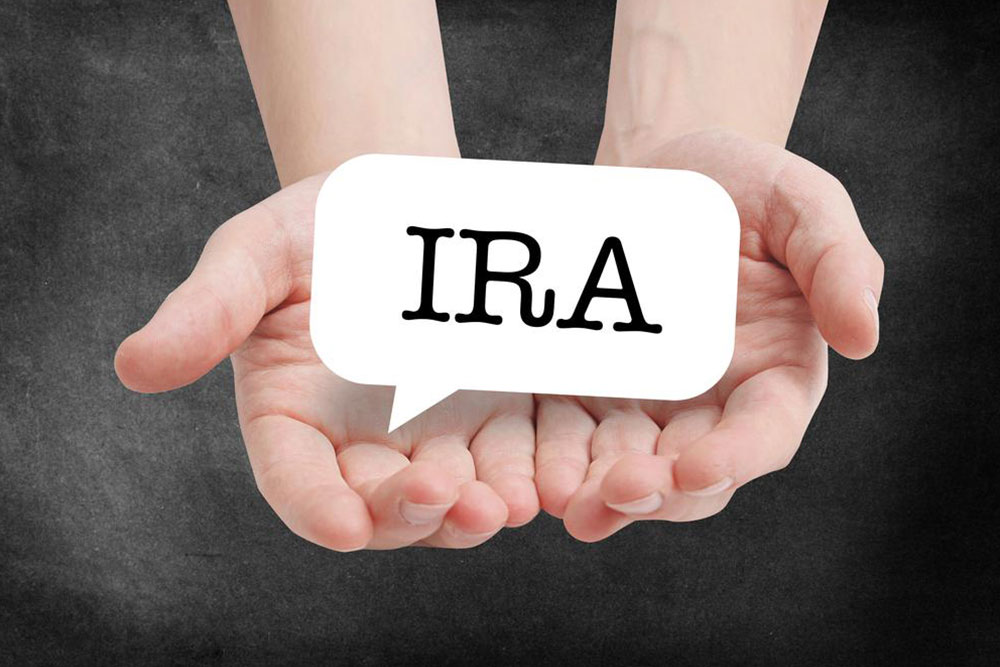Understanding the Typical Growth of Your 401(k) Savings
Learn about typical 401(k) growth, contribution limits, investment options, and benchmarks by age to plan effectively for retirement. Discover how contributing early and choosing suitable investments can enhance your retirement savings and reach your financial goals.

Assessing the Typical Growth of Your 401(k) Retirement Funds
What is a 401(k) plan?
A 401(k) is a retirement savings vehicle offered by employers to help employees accumulate funds for retirement. When starting a new job, employees can opt into the company's 401(k) program or use banking options to save. Contributions are made pre-tax, meaning if your salary is $1,000 and you contribute 10%, or $100, your taxable income decreases accordingly. This system allows you to save for the future while reducing current tax liabilities.
Post-contribution, your paycheck is taxed at your applicable rate. For example, with a 25% tax rate, a $225 tax deduction applies to a $900 net income after your 401(k) deduction. Without contributing, you would pay $250 in taxes on the full $1,000. Contributing to your 401(k) lowers your taxable income, resulting in substantial tax savings over time. The invested amount compounds annually, growing until retirement.
In 2017, the yearly contribution limit was $18,000, with an additional catch-up contribution of $5,500 allowed for those over 50. The total possible contribution can reach $24,500 annually if including employer matches. Withdrawals after age 59½ are penalty-free, but earlier withdrawals may incur a 10% penalty. Contributions are subject to individual capacity and financial goals.
Investment options:
Within a 401(k), you can choose from mutual funds, stocks, bonds, real estate trusts, and more. Your risk appetite and time horizon are essential considerations before investing. However, company-sponsored plans often have limited options and management fees, especially in mutual funds. Opting for low-cost, diversified funds is advisable to maximize growth and minimize costs.
Average 401(k) balances by age:
While relying on colleagues’ savings benchmarks isn't ideal, understanding general trends can guide your retirement planning. Your retirement fund needs depend on various factors, but recent economic conditions, like low-interest rates, complicate income generation from savings. Many investors seek higher returns, though market investments lack guaranteed income streams, making it challenging to predict future earnings.
Personal savings vary widely. For example, having a year's salary saved by age 30 is recommended. Increasing contributions as your income grows is advised. Job switches often tempt individuals to cash out their 401(k), but doing so forfeits potential compound growth and diminishes future nest eggs. Typical asset targets include saving roughly $25,000 by age 30 if your current balance is $50,000, doubling your salary by age 40, quadrupling by 50, and accumulating approximately $600,000 by age 67 if earning $75,000 annually—that's about eight times your year's salary.










